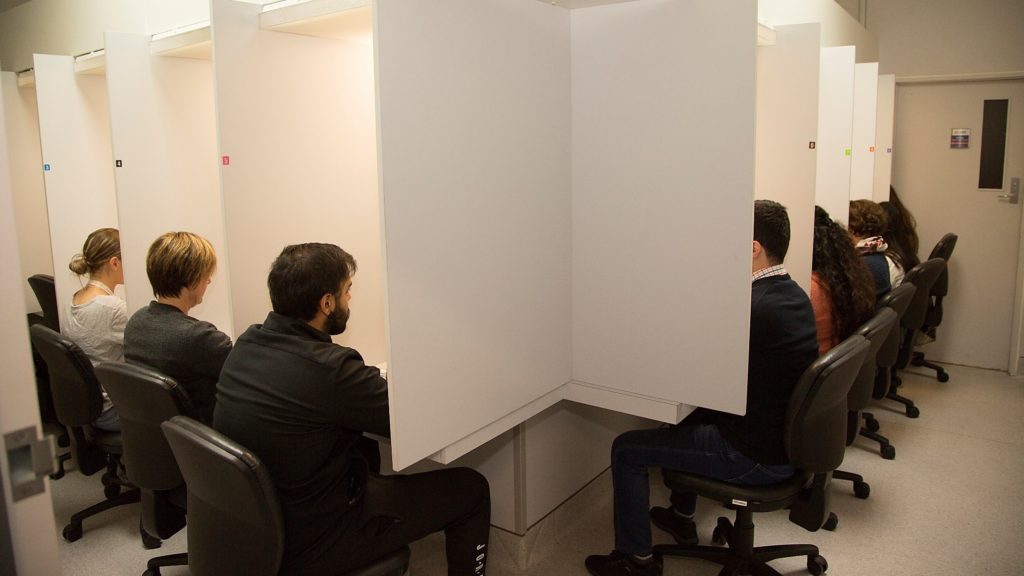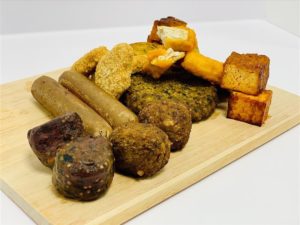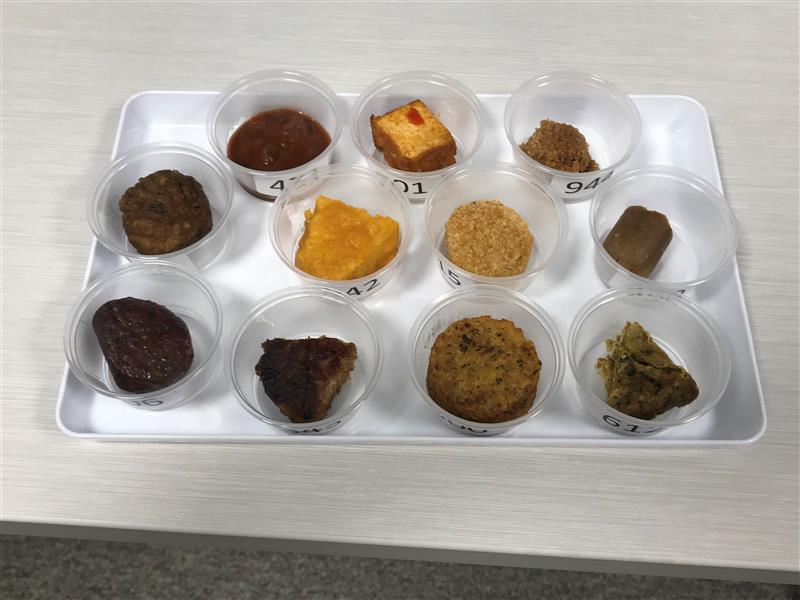The food industry should not ignore flexitarians
Being flexitarian is becoming more and more popular. If you work in the food industry, you will have stumbled across this term quite a bit recently.
Because flexitarians outnumber vegetarians, pescatarians and vegans, they drive the food industry to offer more plant-based products.
Flexitarians are flexible about when they eat meat
A flexitarian is someone who is actively reducing, or has actively reduced, the amount of animal flesh they consume, but is not eliminating it completely from their diet. How often they consume meat can vary from having a “meatless Monday” to having meat only once a month. Flexitarians put emphasis on eating more vegetables, plant-based meat replacements, nuts, or legumes.
The term “flexitarian” was first used in the early 1990s. It is a mashup up the words “flexible” and “vegetarian”.

Motivations are unique to a person
As is the case so often, the reasons why flexitarians want to eat less meat differ from person to person. It could be that they:

Flexitarians and our research
The Future Foods Catalyst project plans to study flexitarians to further understand the motivations and barriers they have for reducing their meat intake. Knowing what flexitarian consumers look for when they choose plant-based products will better enable the food industry to meet the needs of flexitarians.
Petra Coetzee, 26 July 2021









